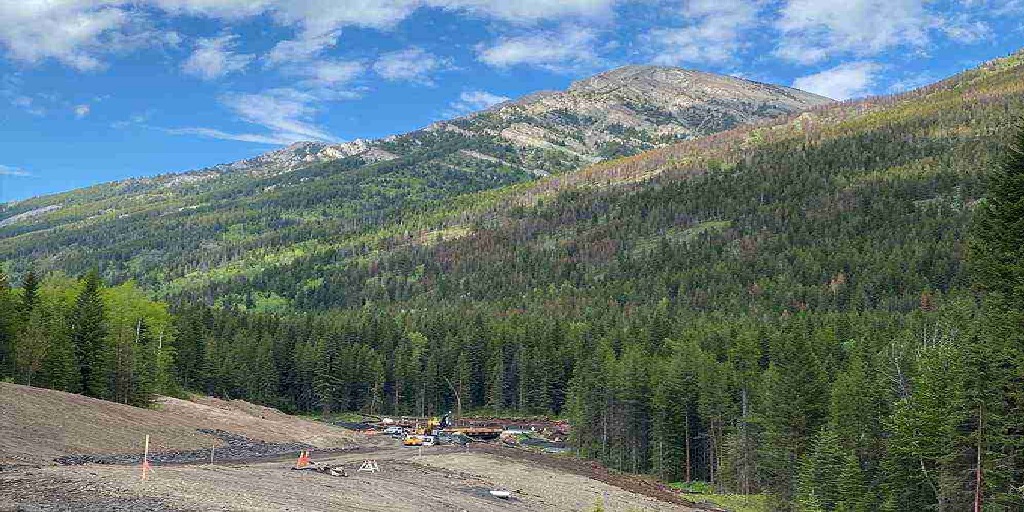When you’re buying or selling a home in Edmonton, there’s one document you’ll likely encounter that can carry a lot of weight: the Real Property Report (RPR). For many people, it seems like just another box to check off in the process. But did you know that an RPR can uncover serious issues—like illegal structures on the property—that could impact your transaction or even result in costly fixes?
Let’s break down what Real Property Reports in Edmonton can reveal, why that matters, and what to do if your report flags something unexpected.
What Is a Real Property Report?
A Real Property Report is a detailed legal document prepared by a licensed land surveyor. It includes a map of the property, showing all visible improvements—such as the house, garage, decks, fences, and sheds—along with their exact positions relative to property boundaries.
But it doesn’t just map out structures. An RPR also includes comments regarding potential encroachments, compliance issues, and how these structures align with local municipal bylaws. That’s where things can get complicated.
When Structures Break the Rules
In Edmonton, all permanent structures on a property must follow strict zoning regulations. If a garage is too close to a property line, or if a deck was added without the proper permits, those structures may be deemed non-compliant or even illegal.
This is one of the most important functions of Real Property Reports in Edmonton: they don’t just show what’s there—they show whether what’s there is actually allowed. For buyers, this can be a major red flag. For sellers, it can mean delays, added expenses, or even a renegotiated deal.
Why Illegal Structures Matter
If your RPR shows a structure that encroaches on a neighbour’s property, or one that violates city bylaws, here are some of the consequences:
- Municipal compliance delays. You’ll need to apply for a compliance certificate from the city, and illegal structures may prevent approval.
- Permit issues. You may have to retroactively apply for building permits or variance approvals.
- Legal risk. Encroachments can lead to disputes with neighbours, and in some cases, legal action.
- Financial cost. Correcting these issues—such as removing or relocating a structure—can be expensive and time-consuming.
What Buyers Should Do
As a buyer, always ask for the most recent Real Property Report with compliance from the seller before closing a deal. This will help you avoid inheriting problems that you’ll be forced to fix later. If the RPR shows any issues, you can:
- Request that the seller address the problem before closing
Ask for a price reduction - Back out of the deal entirely, depending on your agreement
What Sellers Need to Know
Before listing your property, it’s a smart move to update your RPR—especially if you’ve made improvements like a new fence, shed, or garage. A current Real Property Report with municipal compliance can give buyers peace of mind and help avoid delays.
In Edmonton, some municipalities may also require updated compliance certificates if any modifications were made after the original RPR was created. Don’t assume that an old report will still meet current regulations.
Whether you’re buying or selling, understanding the details within your RPR—and taking action early—can save you from future headaches. Take it seriously, and it could be the difference between a smooth transaction and a legal nightmare.
For more information about Professional Land Surveying Services Saskatchewan and Land Surveying Regina Please visit: CORE Geomatics.
